Монография посвящена применению метода рентгеновской спектроскопии для изучения электронной структуры твердых тел. На основе анализа экспериментальных данных обсуждаются закономерности формирования электронной структуры тугоплавких соединений, сверхпроводников, магнитных полупроводников, металлических стекол. Рассматриваются возможности новых методов - рентгеновских поляризационных спектров, микроанализа высокого разрешения, L -абсорбционной спектроскопии редких земель для анализа химической связи и валентного состояния элементов.
Для специалистов в области спектроскопии и физики твердого тела.






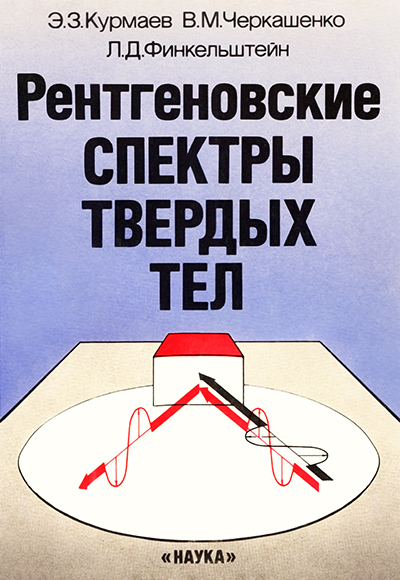

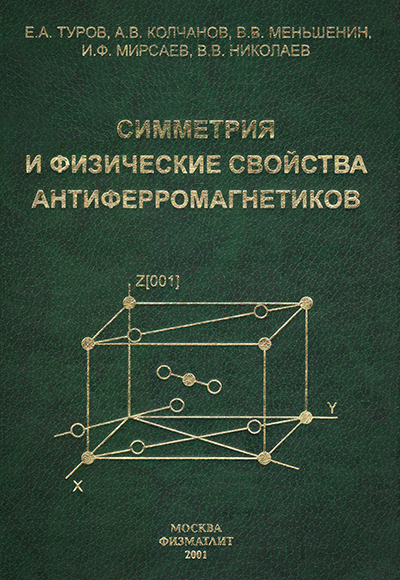
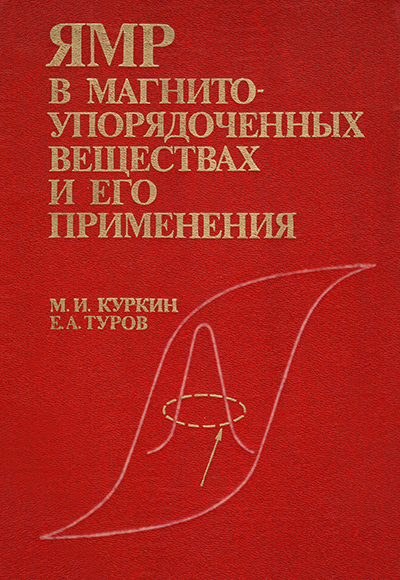
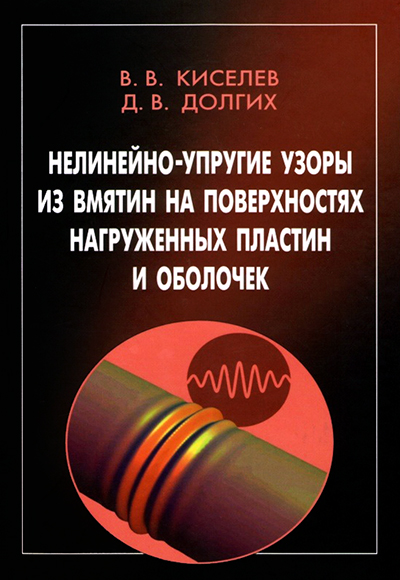
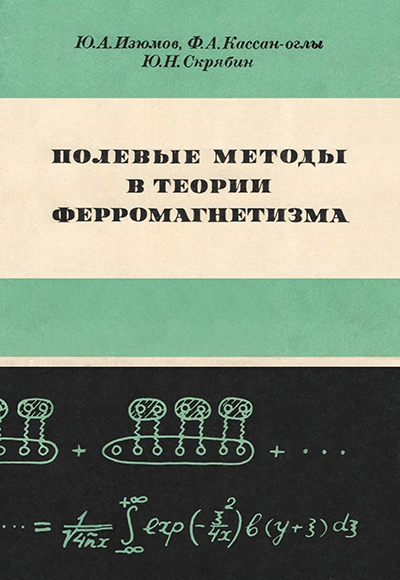
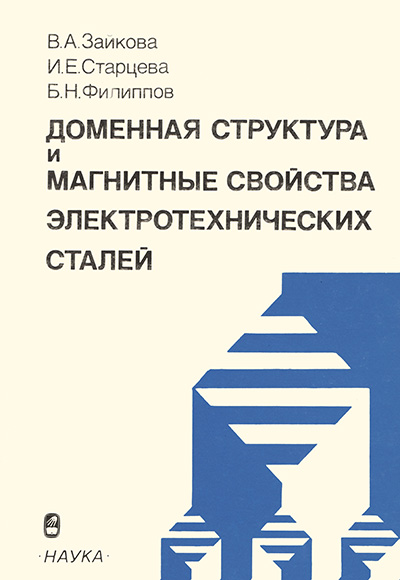
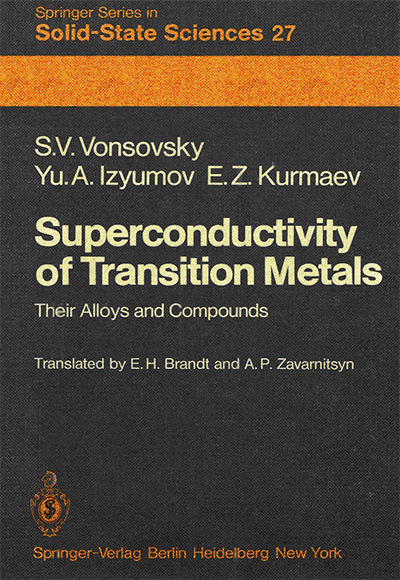
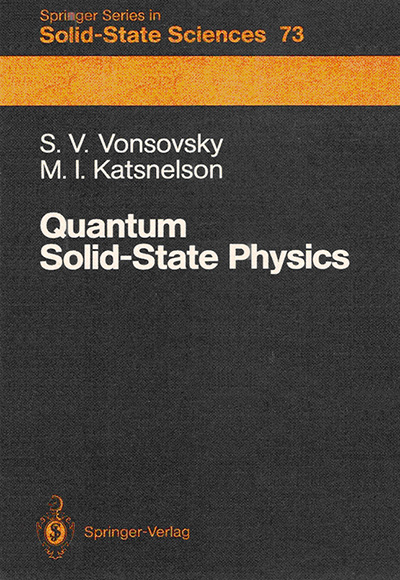
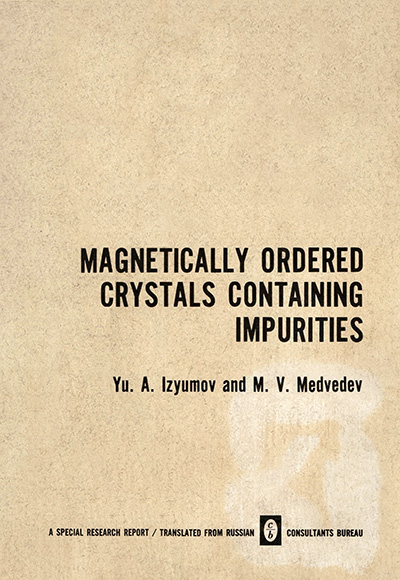

 Телеграм канал
Телеграм канал Группа Вконтакте
Группа Вконтакте